Human Resource Matrix Report: Starbucks and Organizational Growth
VerifiedAdded on 2020/04/21
|6
|882
|111
Report
AI Summary
This report provides an analysis of the human resource (HR) matrix, specifically focusing on Starbucks' HR strategies and their impact on organizational growth and development. The report begins with a linkage map illustrating the interconnectedness of various HR functions with the external and internal environments. It examines how Starbucks integrates its corporate strategy, business unit strategy, and HR planning to address employee needs and preferences, manage staffing, provide training, and ensure compliance with employment laws. Key HR functions discussed include staffing, training, performance management, compensation, and labor relations. The report highlights how these functions contribute to employee engagement, improved performance, and the achievement of strategic and financial goals. Furthermore, the report underscores the importance of aligning HR strategies with organizational objectives to foster a high-performance work system and enhance overall business performance. References from academic journals and books are included to support the analysis.
1 out of 6
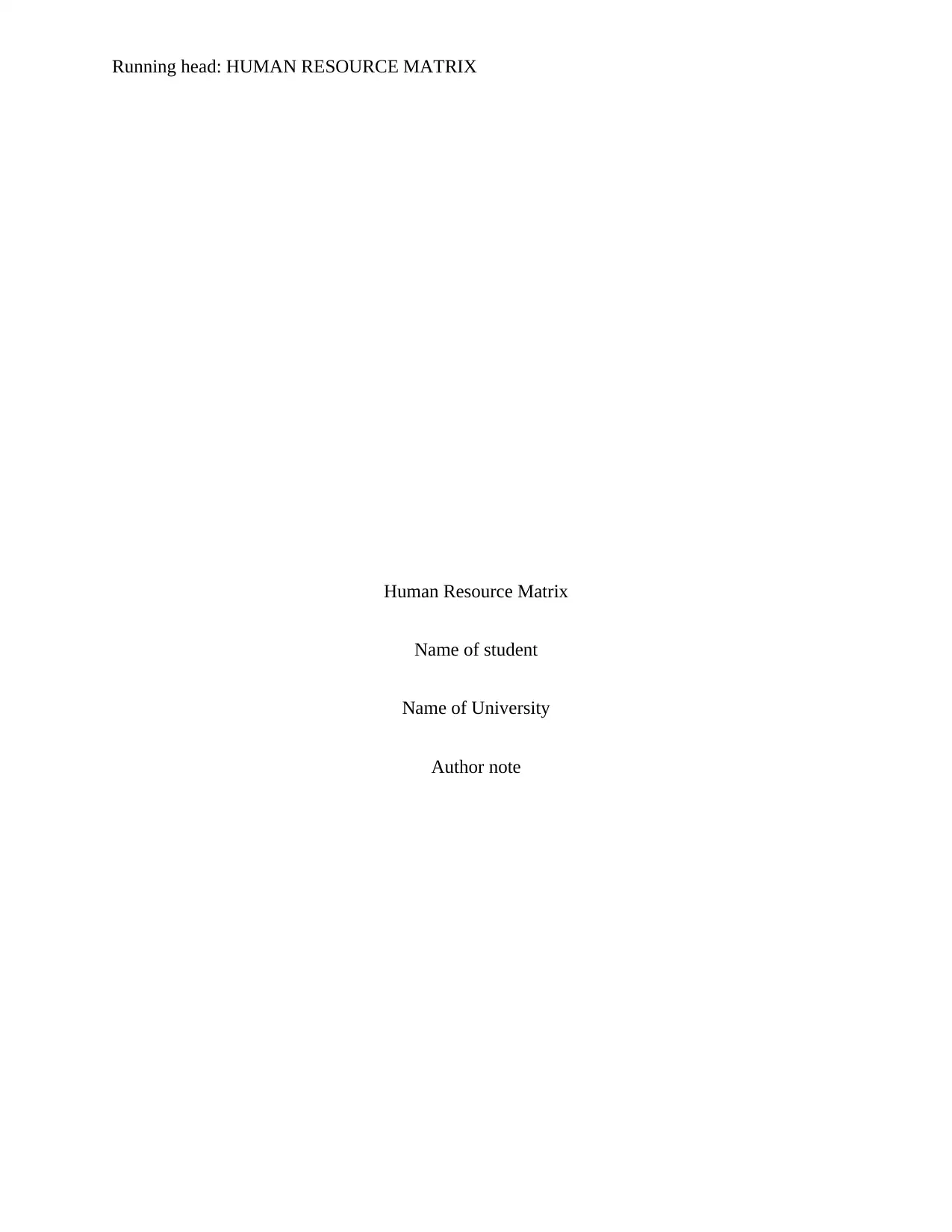
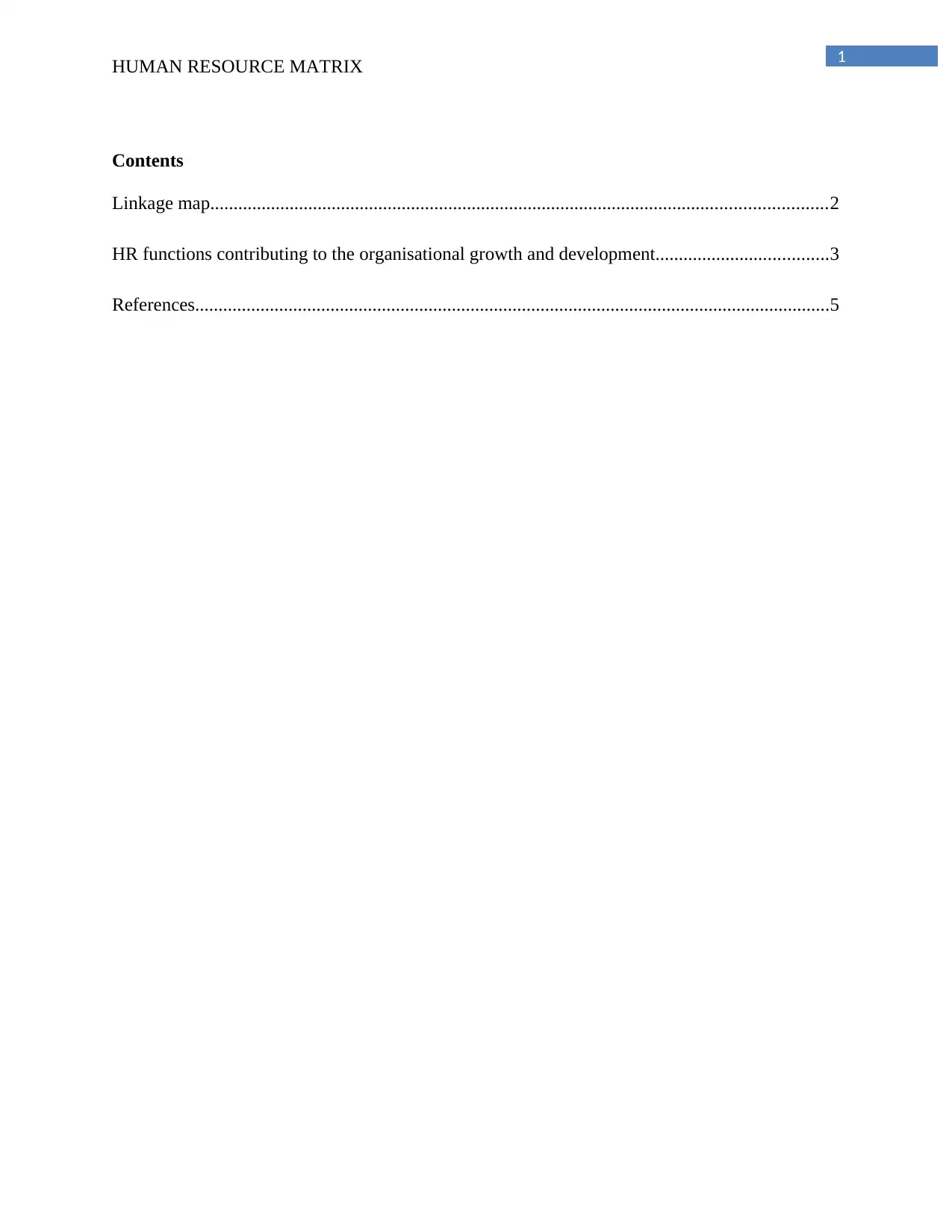
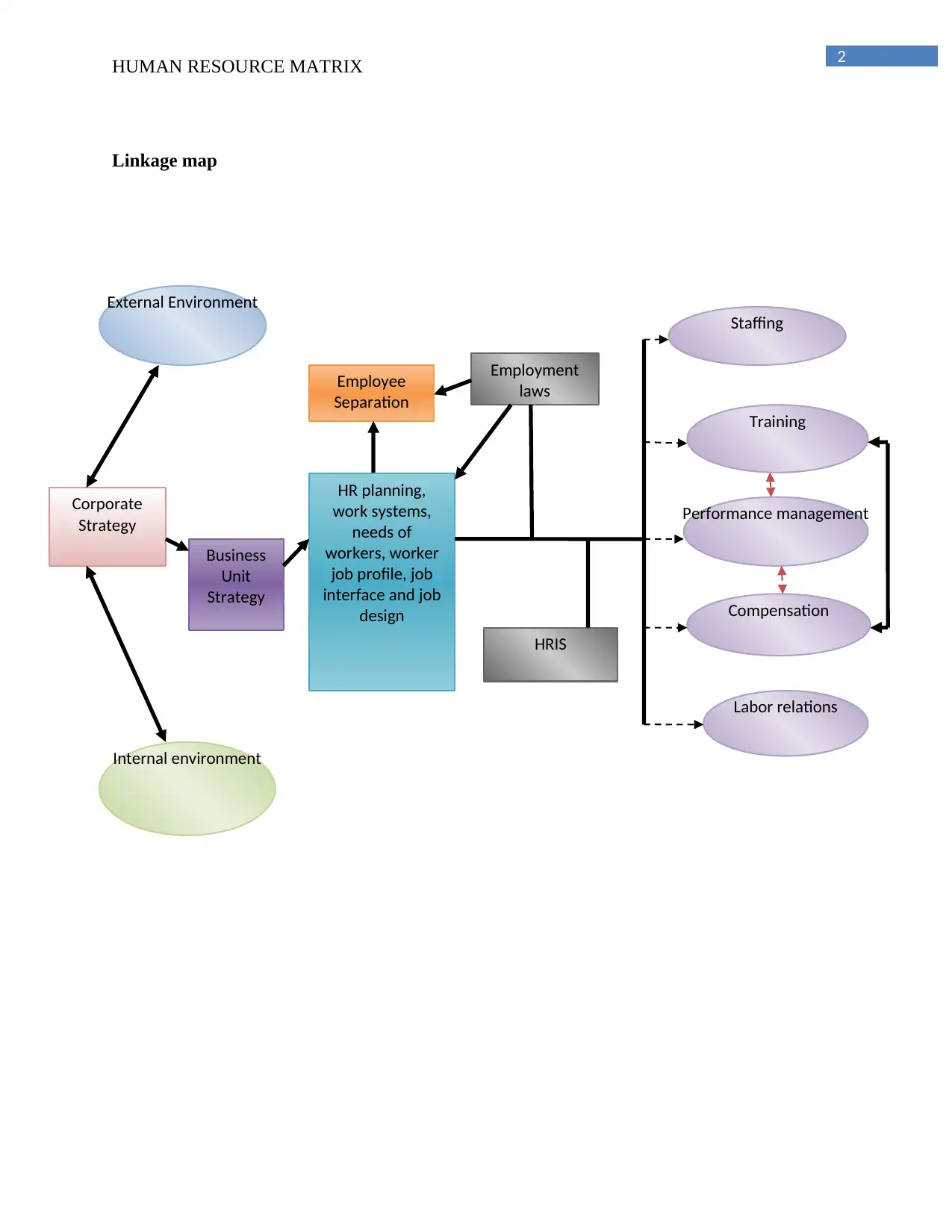

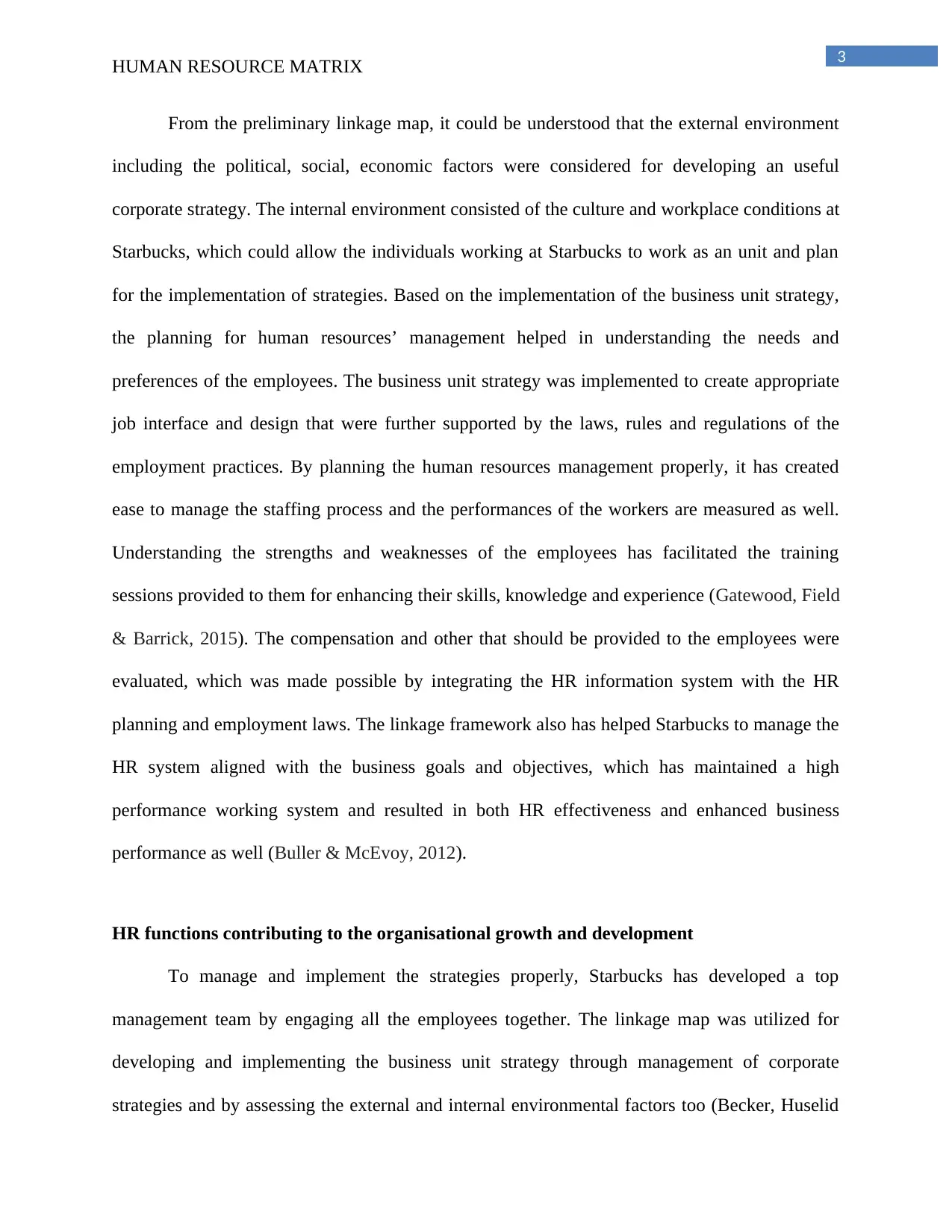
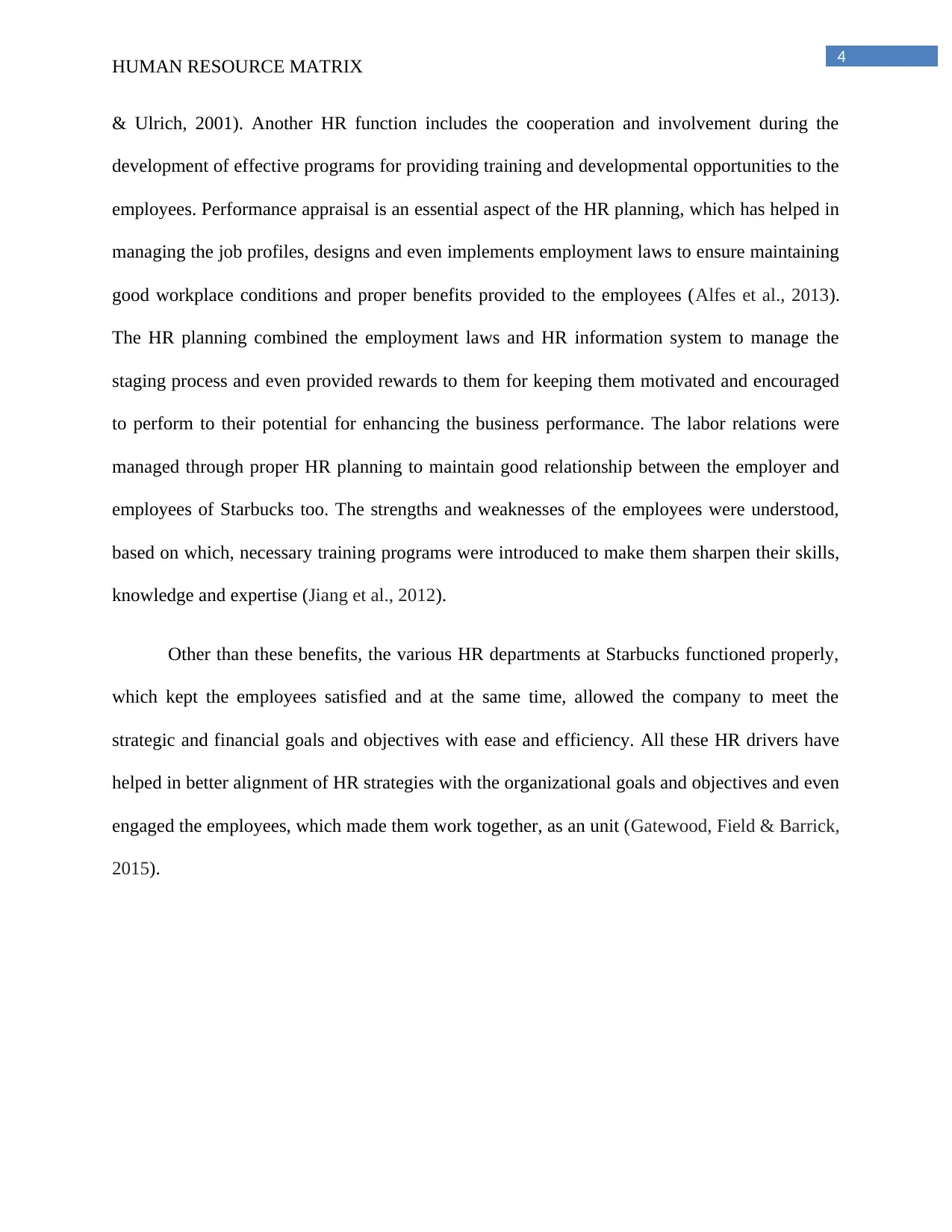
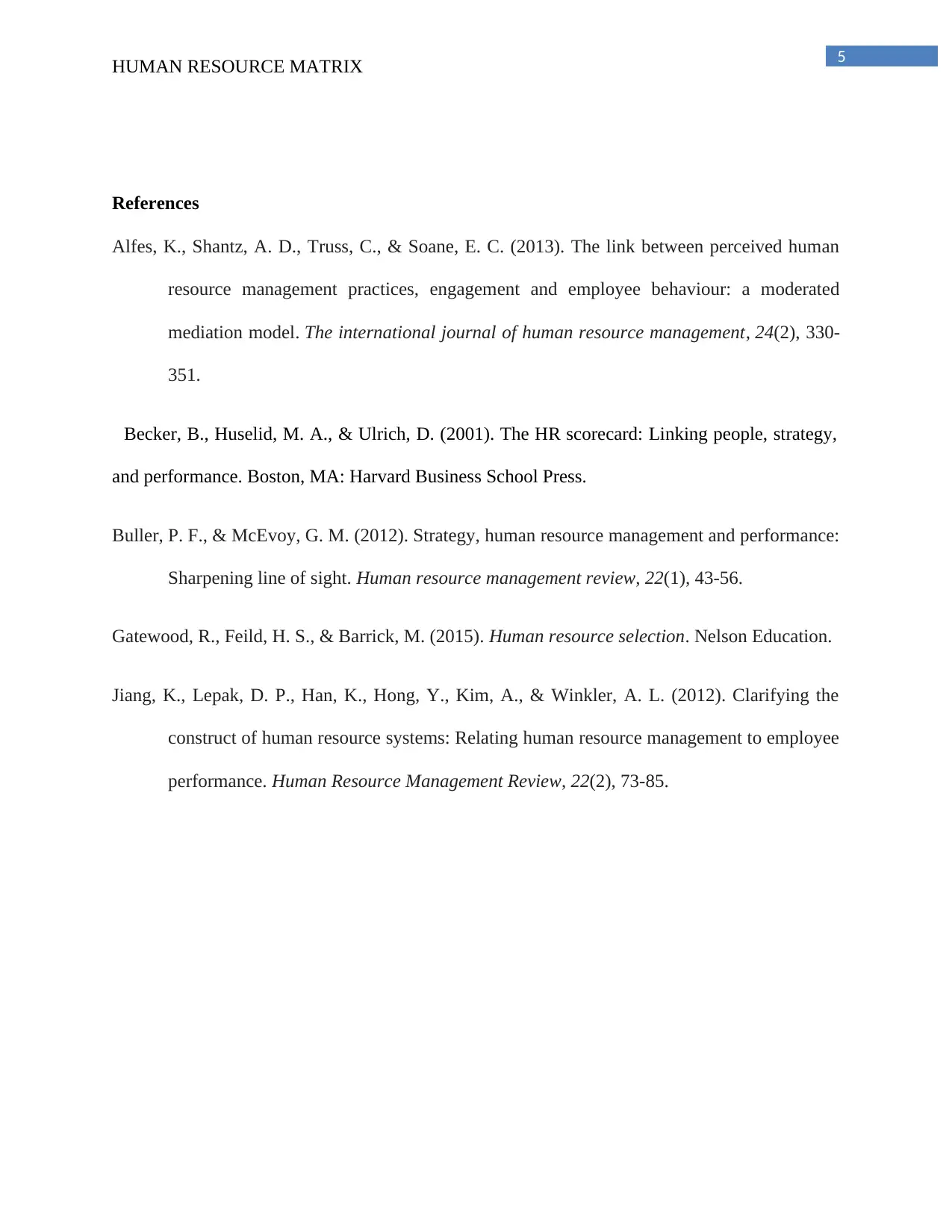






![[object Object]](/_next/static/media/star-bottom.7253800d.svg)